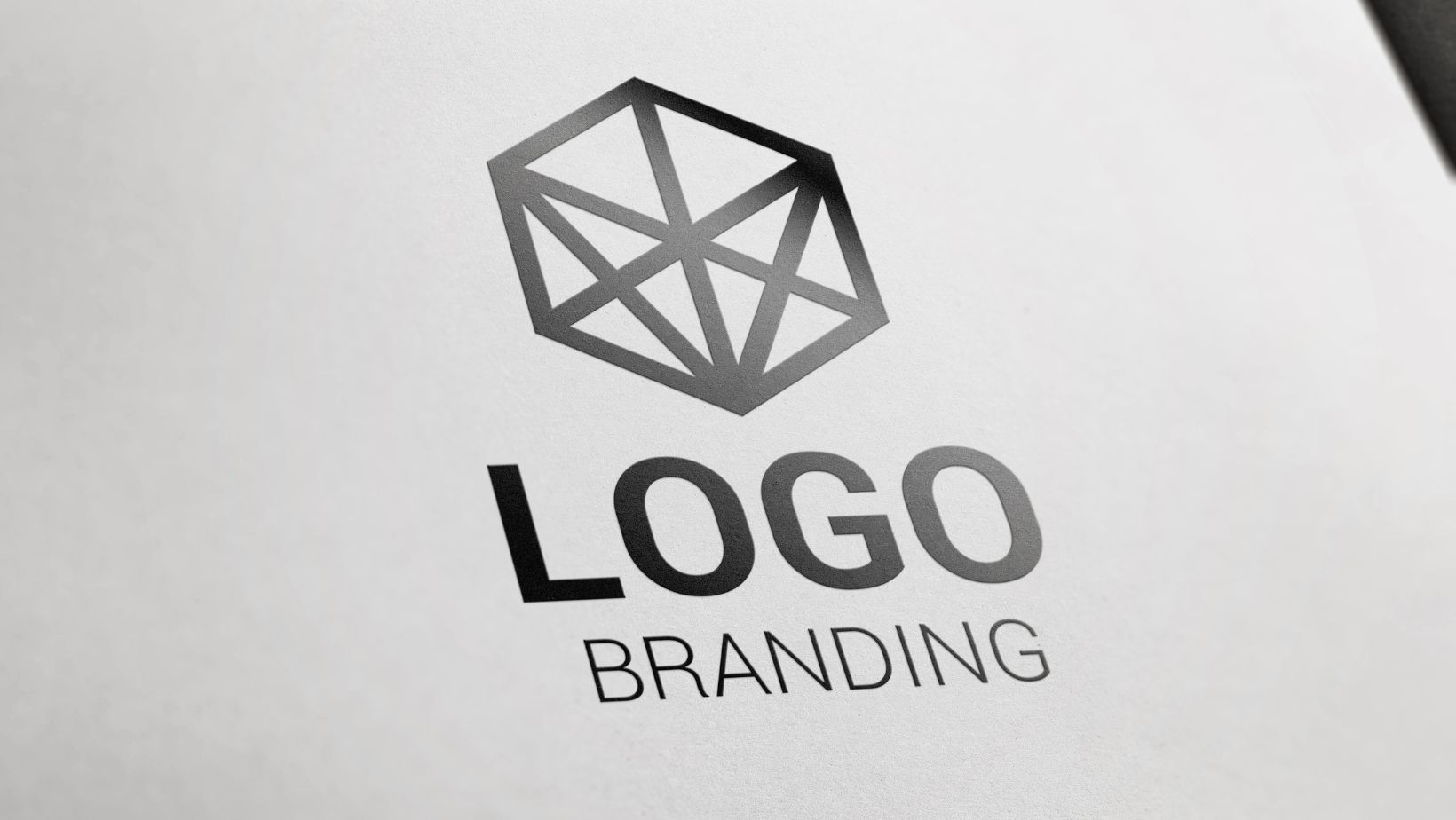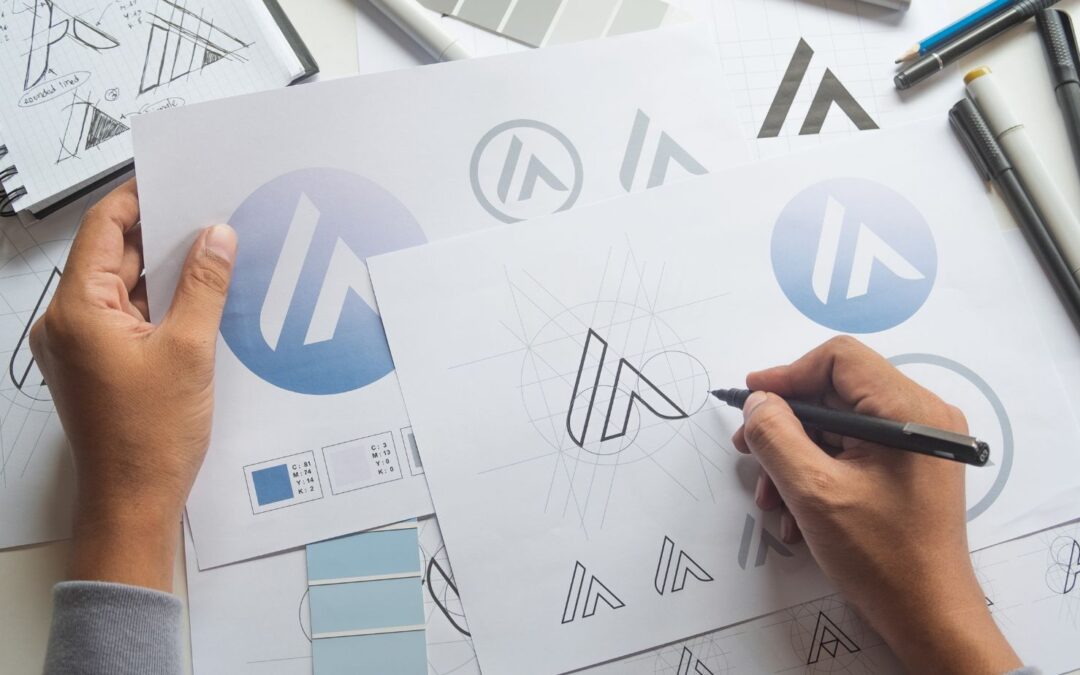A solid brand presence is essential in the vast and ever-expanding business world. A unique logo is a vital component of any brand’s identity. Your logo is often the first thing people notice about your business, and making a lasting impression is crucial. A memorable and distinctive logo can set you apart from the competition and leave a lasting mark in the minds of your customers.
Creating a unique logo might seem daunting, but fear not. In this article, we’ll walk you through ten practical steps to help you craft a logo that stands out and represents your brand effectively.
Understand Your Brand Identity
Before diving into logo design, it’s crucial to have a deep understanding of your brand identity. What are your brand’s values, mission, and unique selling points? Who is your target audience? What emotions and associations do you want your logo to evoke?
Take the time to brainstorm and document your brand’s key attributes. This foundation will guide your logo design process and ensure your logo reflects your brand.
Research Your Competition
Knowing what’s already out there is essential to create a unique logo. Investigate your competitors and their logos. Identify common design elements, colors, and styles in your industry. The goal is not to copy or imitate but to differentiate.
Analyzing your competition will help avoid clichés and ensure your logo stands out. Find opportunities to do something different and memorable.
Sketch Your Ideas
Now that you have a solid understanding of your brand and the competitive landscape, it’s right time to put your ideas on paper. Grab a sketchbook or any available drawing tool and start brainstorming. Sketch various concepts, shapes, and typography.
Don’t worry about making them perfect at this stage; the goal is to explore as many ideas as possible. Sketching allows you to visualize and refine your concepts before moving to digital design.
Choose the Right Colors
Color is a powerful element in logo design. Different colors evoke different emotions and perceptions. Selecting the right colors is crucial to conveying your brand’s identity effectively.
Consider your brand’s values and the emotions you want to associate with it. For example, blue often represents trust and professionalism, while red can symbolize energy and excitement. Use three colors to maintain simplicity and make your logo visually appealing.
Pick a Suitable Font
Typography plays a significant role in logo design. The font you choose should complement your brand identity and be easily readable. There are several font categories to consider:
- Serif fonts: These fonts convey tradition and formality.
- Sans-serif fonts: They are clean and modern, often used by tech companies.
- Script fonts: These are elegant and often used for brands with a personal touch.
Experiment with different fonts to find the one that best represents your brand. You can also modify and customize fonts to make them unique.
Incorporate Unique Elements
To create a genuinely distinctive logo, consider adding unique elements or icons. These elements can be directly related to your industry, your product, or a specific aspect of your brand. Think about the Apple logo – a simple apple with a bite taken out of it. It’s immediately recognizable and symbolizes the brand. Unique elements can make your logo memorable and reinforce your brand’s identity.
Keep It Simple
“Simplicity is the ultimate sophistication,” Leonardo da Vinci once said. This holds for logo design. A simple logo is more likely to be remembered and recognized. Overly complex logos can confuse and fail to leave a lasting impression.

Strive for minimalism in your design. Remove any unnecessary details and elements, focusing on the core message you want to convey. Remember that your logo will be used in various sizes and formats, and simplicity ensures its adaptability.
Test Your Logo
Once you’ve created a logo, testing it in various contexts is essential. How does it look in different sizes and on various backgrounds? Does it maintain clarity and impact when scaled down or displayed in black and white?
Testing your logo helps identify any issues that may arise when used in the real world. Ensure it looks appealing and recognizable across different platforms, from social media profiles to business cards.
Get Feedback
Designing a logo is a creative process, and it can be beneficial to get feedback from others. Share your logo designs with friends, colleagues, or target customers and gather their opinions. They might spot things you missed and offer valuable insights.
Remember that your logo should resonate with your audience; their input is invaluable. However, trust your judgment and ensure the final design aligns with your brand’s identity.
Seek Professional Assistance
Creating a unique logo can be challenging, and seeking professional assistance is okay. Graphic designers and branding experts have the experience and expertise to craft logos that perfectly represent your brand. They can help you refine your ideas, select the right colors and fonts, and create a logo that stands out in your industry.
Investing in a professional designer is a wise choice, as your logo will represent your brand long-term. However, if you need a professional logo & brand design company recommendation, we suggest you consider the Moji logo design in Ireland.
Conclusion
A unique logo is crucial for brand recognition and success in today’s competitive business landscape. By following these ten practical steps, you can create a logo that represents your brand and stands out from the competition.
Remember to invest time in understanding your brand identity, researching your competitors, and testing your logo to ensure it works effectively in various contexts. With creativity and attention to detail, you’ll craft a unique logo that leaves a lasting impression on your customers and sets your brand apart.

